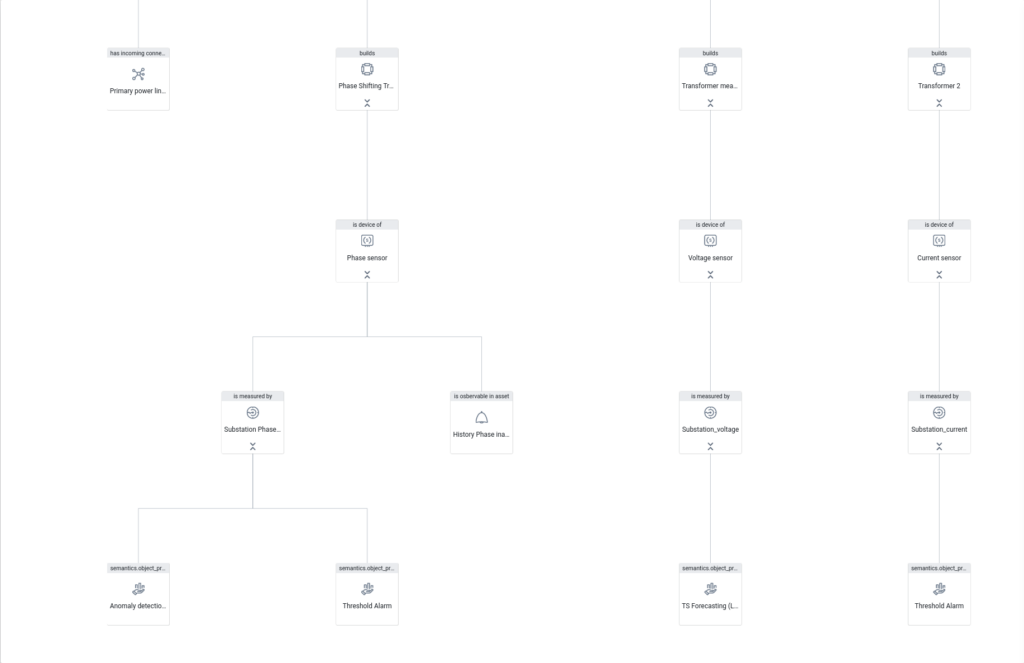
The world is undergoing a transformative technological revolution, where the convergence of the Internet of Things (IoT) and Digital Twins is reshaping the way we interact with our physical environment. These technologies are not only changing industries but also influencing the future of business operations, healthcare, urban planning, and more. In this comprehensive article, we will delve into the world of Digital Twins, explore the concept of IoT, examine the synergy between them, and discuss their growing importance in shaping our future.
Part 1: Understanding Digital Twins
Digital Twin Definition
A Digital Twin is a virtual, real-time model of an existing physical device, system, or process that replicates the physical entity’s behavior and characteristics. It enables developers, planners, and stakeholders to visualize, test, and optimize real-world systems, ultimately saving time, expenses, and potentially thwarting failures. The term ‘Digital Twin’ was first coined by Dr. Michael Grieves at the University of Michigan in 2002, with NASA pioneering the concept during the 1960s space missions.
Benefits of Digital Twins
Digital Twins offer several benefits:
- Real-time Monitoring: They provide real-time insights into the performance and behavior of physical assets, allowing for proactive decision-making.
- Simulation and Testing: Digital Twins facilitate virtual testing, reducing the need for physical prototypes.
- Efficiency and Quality: They help in identifying and resolving operational inefficiencies and quality issues.
- Cost Reduction: By predicting and preventing issues, Digital Twins reduce downtime and maintenance costs.
- Optimization: They enable the optimization of processes, enhancing overall performance.
Part 2: Unveiling the Internet of Things (IoT)
What Is IoT?
The Internet of Things (IoT) refers to a vast network of interconnected physical objects, devices, vehicles, and appliances embedded with sensors, processing capabilities, and communication technologies. IoT allows these devices to collect and exchange data with each other and centralized systems over the internet or other communication networks.
The Role of IoT in the Digital Twin Ecosystem
- Data Acquisition: IoT sensors provide real-time data about physical assets and processes.
- Connectivity: IoT devices enable constant communication with Digital Twins, ensuring they are up-to-date with the latest information.
- Remote Management: IoT enables remote monitoring and management of physical assets, increasing efficiency and reducing the need for physical presence.
Part 3: Synergy between Digital Twins and IoT
Types of Digital Twins
Digital Twins come in various forms:
- Component Twins: Replicate specific components or parts of an asset.
- Asset Twins: Visualize how multiple components work together in an asset.
- Process Twins: Represent operational processes and workflows.
- System Twins: Depict interactions between assets and processes within a system.
Digital Twin Use Cases
Digital Twins are versatile and find applications in various industries:
- Manufacturing: Improve processes, monitor equipment performance, and drive quality improvements.
- Oil & Gas: Real-time view of processes and equipment, enabling predictive maintenance.
- Sustainable Power: Monitor renewable energy assets, predict performance issues, and enhance network stability.
- Healthcare: Create a digital representation of a patient’s body for informed decision-making.
- Retail: Analyze consumer behavior to enhance the shopping experience.
- Sustainability: Optimize physical equipment for maximum efficiency and environmental impact reduction.
Part 4: The Importance of Digital Twins in IoT
Benefits of Digital Twins in IoT
- Managing at Scale: Easily manage and monitor a large number of assets from a single dashboard.
- Remote Management: Interact with and manage remote devices efficiently.
- Simulate for Success: Conduct simulations to maximize asset value and operational efficiency.
- Predict and Perform: Monitor and optimize equipment or processes in real-time.
- Reduce Downtime: Identify and address potential issues before they cause downtime.
Reduce Maintenance - Costs: Catch and address issues before they escalate, saving costs.
- Optimize Utilization: Improve the usage and efficiency of assets.
- Improve Quality: Monitor equipment KPIs to ensure product quality.
Part 5: The Future of Digital Twins and IoT
The Partnership’s Future
The partnership between Digital Twins and IoT is poised for rapid growth, with potential future developments such as:
- Enhanced Data Analytics: More sophisticated data analytics and AI integration.
- Wider Industry Adoption: Expansion into new industries, unlocking innovative applications.
- Interconnected Smart Cities: Greater use of Digital Twins for urban planning and disaster management.
IoT in Healthcare: Advancements in patient monitoring and treatment. - AI-Driven Predictive Maintenance: More accurate predictions of equipment failures.
Conclusion
The combination of Digital Twins and IoT is revolutionizing how we interact with the physical world. These technologies are improving efficiency, reducing costs, and enhancing our ability to make informed decisions. As they continue to evolve and find applications in diverse fields, we can expect a future where our interactions with the physical world are more streamlined, sustainable, and data-driven. The future of Digital Twins and IoT is bright, and it holds the promise of a smarter, more connected world.
